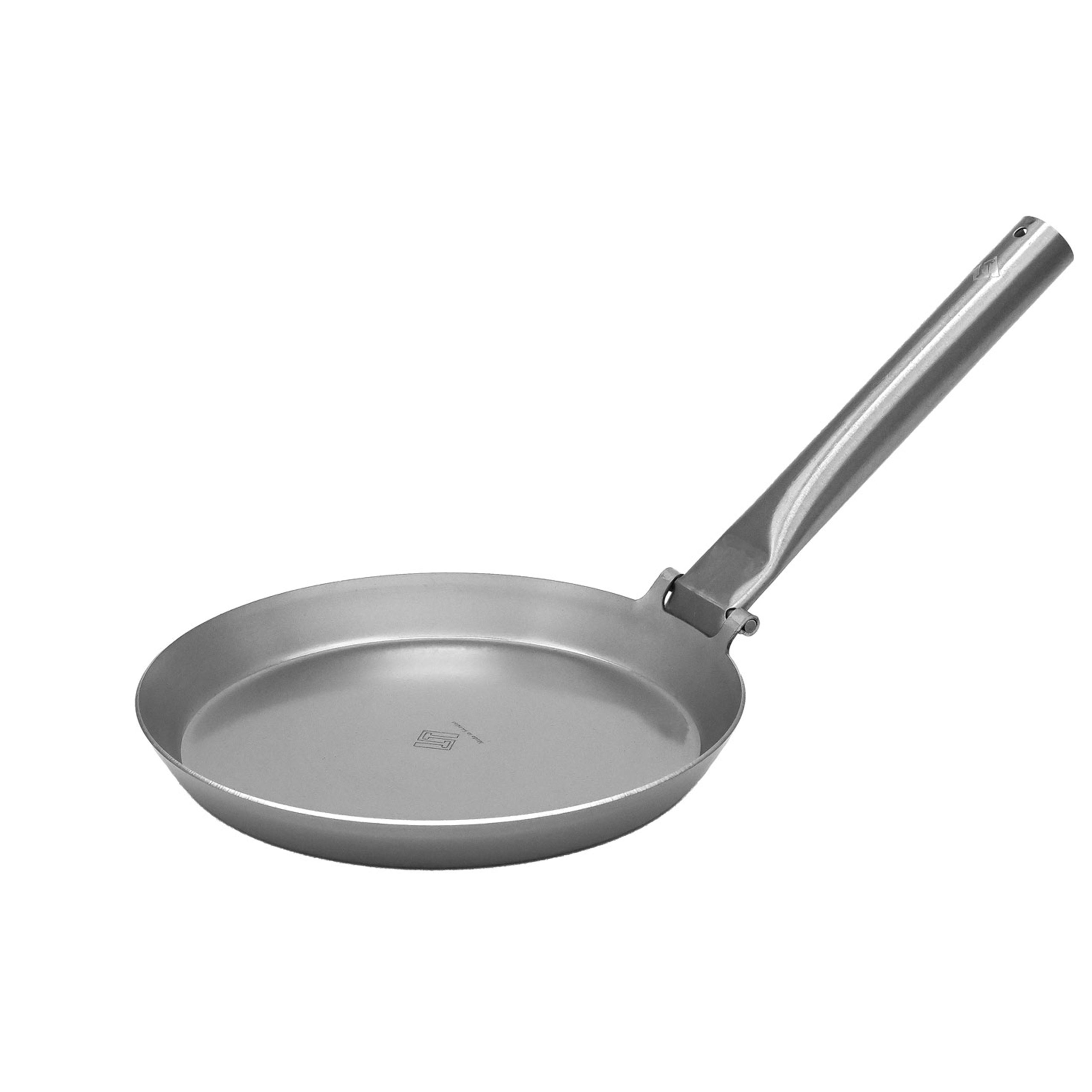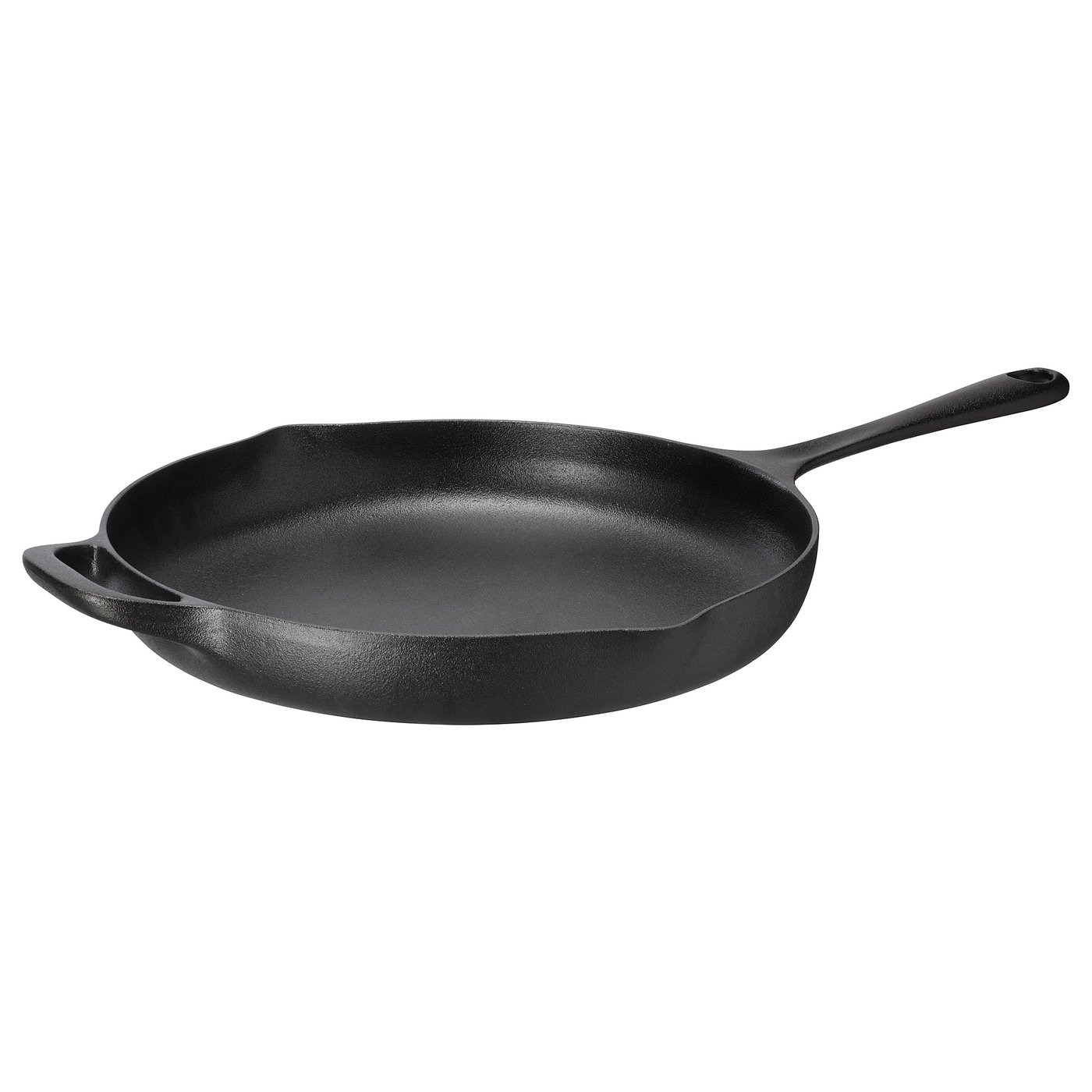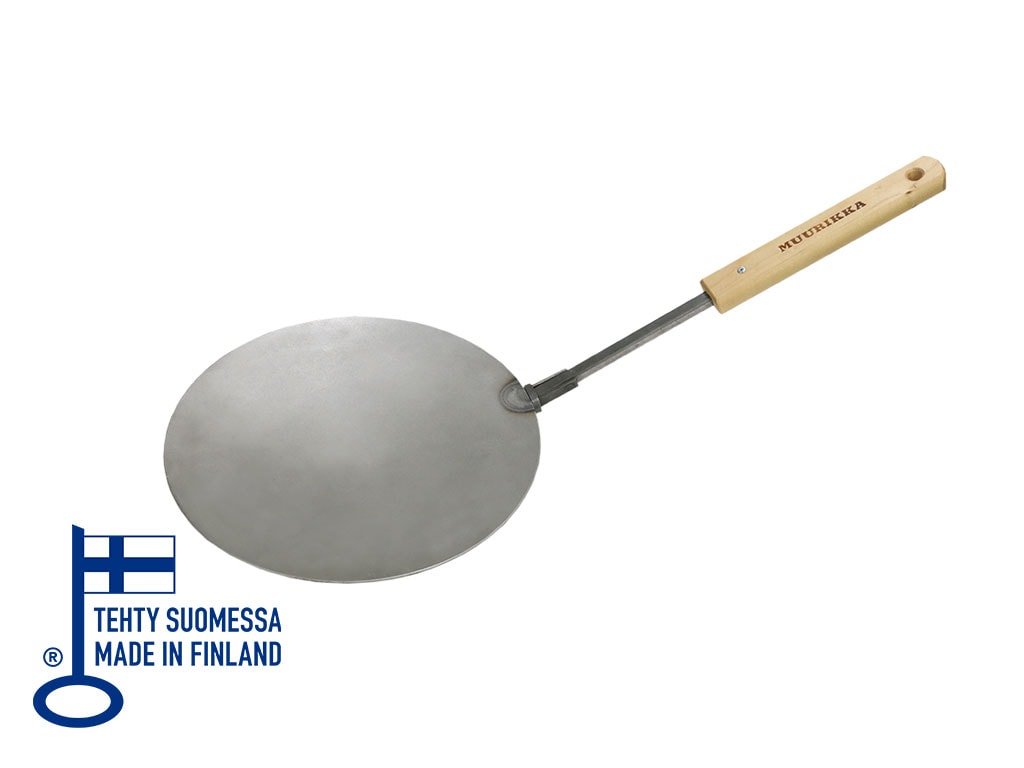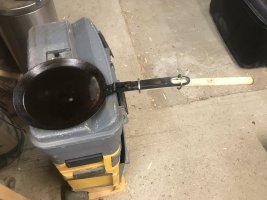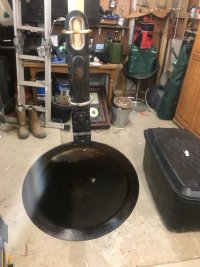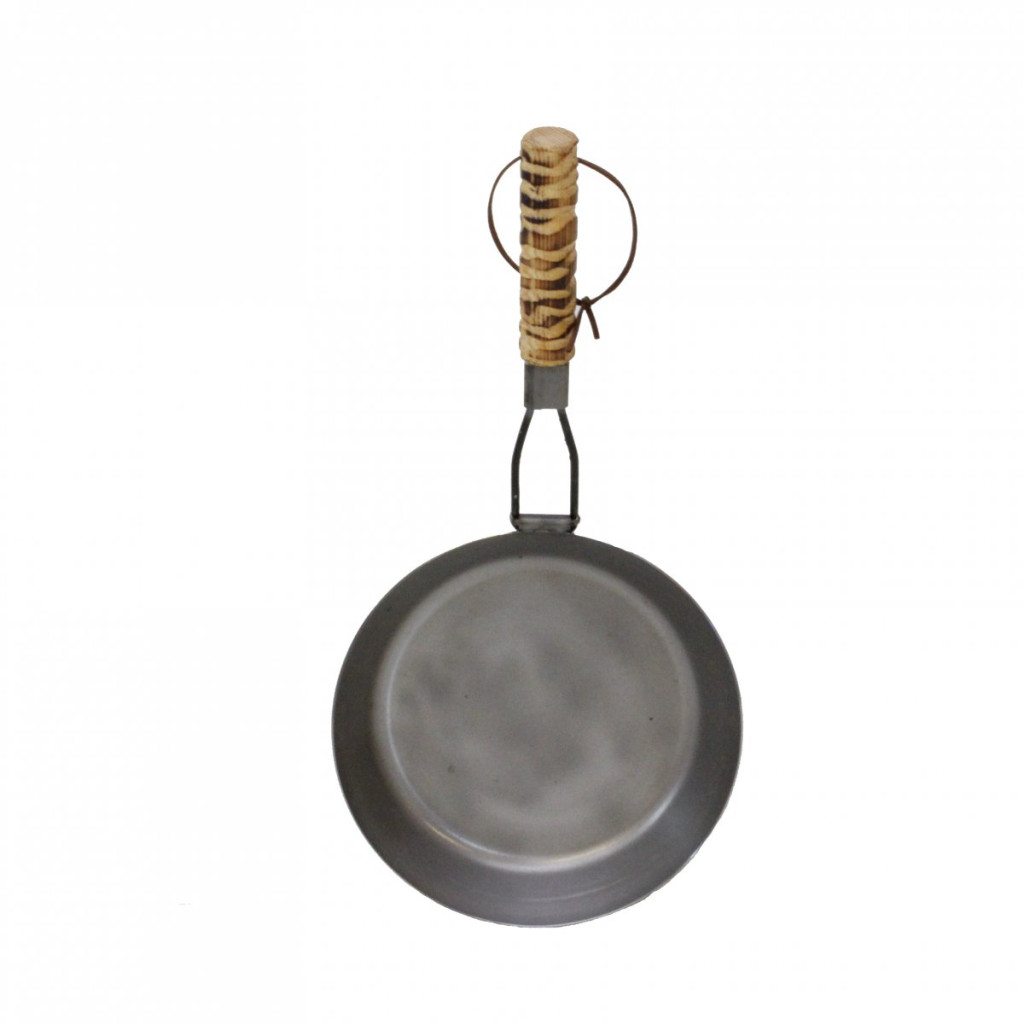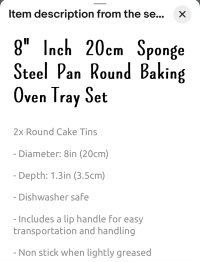How to Season a Stainless Steel Pan
- Wash and dry the pan. Use a gentle dish soap and warm water to thoroughly wash your stainless steel frying pan. Afterwards, rinse and dry your pan completely.
- Oil your pan. Once the pan is completely dry, heat it up on your stovetop. Then add a little bit of oil. You will want to use an oil with a high smoking point. Some examples include: sesame, vegetable, peanut, and soybean oil. Once you have added oil over medium heat, use a wad of paper towel to distribute the oil around the pan’s surface.
- Cool the pan. Once you have a hot pan, and it starts to smoke, remove it from the stovetop and let it cool. When your pan is cool, use another paper towel to remove the oil. (The environmentally friendly option is to substitute a clean, dry cloth for the paper towel).
- Repeat the process when necessary. When you find that food is once again sticking to your stainless steel pan, return to these steps and re-season it.
1. Should you Season stainless steel pans?
 12" Skillet Frying Pan - Hammered Finish - Silver - The Avalon Series
This is your decision.
12" Skillet Frying Pan - Hammered Finish - Silver - The Avalon Series
This is your decision.
Unlike cast iron and carbon steel, it is not required to season your stainless steel cookware. However, many professional chefs and home cooks choose to do so.
The argument for seasoning your stainless steel pots and pans is that the oil will help seal in the pores in the metal, and therefore give your stainless steel pan more of a nonstick surface. This nonstick surface will lead to no-hassle cooking and easy cleanup.
While some may debate the benefits for seasoning your stainless steel cookware set, there really is no downside to the seasoning process for stainless steel. So, if you want a more slippery surface, go ahead and season.

